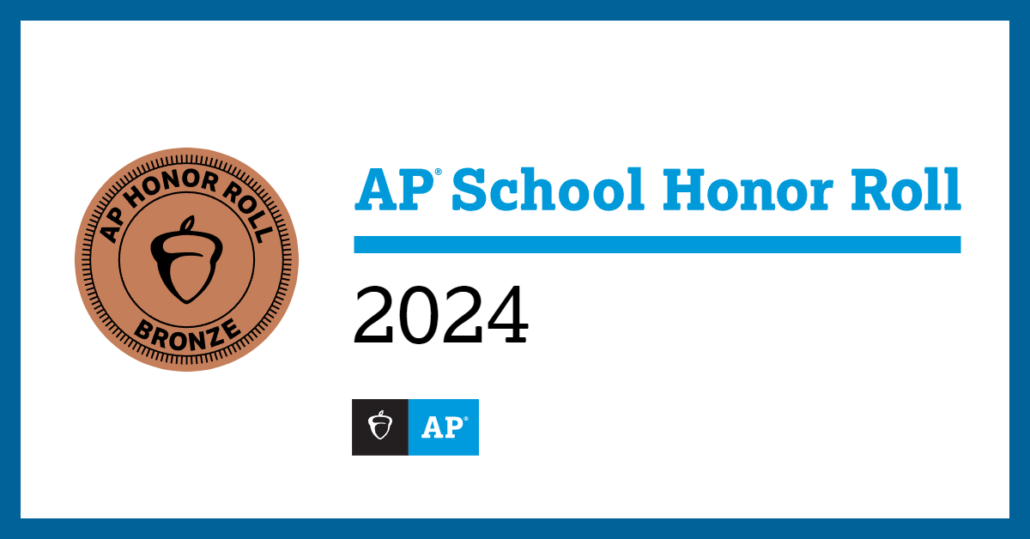The Power of Small: Four Small School Takeaways
According to 2020 data provided by PublicSchoolReview.com, the average U.S. public high school is approximately 520 students. In high schools of this size and larger (the largest U.S. public high school is over 5,000 students), students have a much different experience than at smaller sized schools. In a wide landscape of educational options, consider the following four takeaways when evaluating what creates the best high school learning environment.
According to 2020 data provided by PublicSchoolReview.com, the average U.S. public high school is approximately 520 students. In high schools of this size and larger (the largest U.S. public high school is over 5,000 students), students have a much different experience than at smaller sized schools. In a wide landscape of educational options, consider the following four takeaways when evaluating what creates the best high school learning environment.
Dunbar’s Law:
By comparing cortex behavior in primates, British anthropologist Robin Dubar theorized a limit of 150 members to form a cohesive human social group. When Dunbar and his colleagues applied this theory to a history of social groups (hunter/gatherers, military, offices, factories), the theory held true. Exceed 150, and the group will not last as long nor cohere as well.
In high school, students have enough to learn about themselves, building friendships, and college-prep lesson plans. By eliminating inefficiency from being too large in size, smaller schools remove unwanted social stress placed on students. This allows students to pursue their social identity easier and focus on learning how to develop their passions.
Classroom Ratio:
The internet is full of articles on small classes, their effectiveness, and ways for schools to lower their student to teacher ratios. Small classes present students and teachers opportunities not available in larger settings. Besides more individualized attention, students benefit from:
- Teachers spending less time disciplining
- Ability to cover more material
- Students are more likely to participate in discussion based classes
- Teachers are able to explore more teaching methods
In most schools, small classes are prohibited by cost. Smaller classes equals more teachers need to be hired and more classrooms need to be built. Often, this budget is simply not available.
Classroom Ratio:
The internet is full of articles on small classes, their effectiveness, and ways for schools to lower their student to teacher ratios. Small classes present students and teachers opportunities not available in larger settings. Besides more individualized attention, students benefit from:
- Teachers spending less time disciplining
- Ability to cover more material
- Students are more likely to participate in discussion based classes
- Teachers are able to explore more teaching methods
In most schools, small classes are prohibited by cost. Smaller classes equals more teachers need to be hired and more classrooms need to be built. Often, this budget is simply not available.
Abundant Extracurriculars:
Extracurricular activities help create well-rounded graduates, ripe for college acceptances. Not only do colleges and universities heavily weight the holistic character of an applicant, students expand their skills and understanding through extracurricular activities. In big schools with hundreds or even thousands of students, extracurricular activities can be competitive to join and lack the support necessary for the experience to be valuable.
In small schools, extracurricular programs give students access to play sports, develop hobbies, and share passions with their peers on a more connected level. Through clubs and teams, students develop skills to make them better prepared for life outside of the classroom. In smaller learning environments, these skills are able to grow at a faster rate because there are more roles available for each student to fill.
Flexible Programming:
Field trips, guest lectures, and individual course planning are all easier in smaller schools. In a class of eight students, a teacher can spontaneously embark on field trips in one van, rather than needing to schedule transportation in a school bus for a larger class. At Besant Hill, we invite guest lecturers, artists, and musicians to join our classes on a regular basis. Many of these guests are eager to develop one-on-one relationships with students and return on a regular basis to keep connected to our student body.
With fewer students, it makes it easier to enroll students in the classes they prefer. In larger schools classes are impacted with capacity limits and counselors are busy with numerous students, hindering their ability to quickly adjust schedules for students looking to improve their transcripts.
Flexible Programming:
Field trips, guest lectures, and individual course planning are all easier in smaller schools. In a class of eight students, a teacher can spontaneously embark on field trips in one van, rather than needing to schedule transportation in a school bus for a larger class. At Besant Hill, we invite guest lecturers, artists, and musicians to join our classes on a regular basis. Many of these guests are eager to develop one-on-one relationships with students and return on a regular basis to keep connected to our student body.
With fewer students, it makes it easier to enroll students in the classes they prefer. In larger schools classes are impacted with capacity limits and counselors are busy with numerous students, hindering their ability to quickly adjust schedules for students looking to improve their transcripts.
Besant Hill School of Happy Valley
8585 Ojai Santa Paula Rd
Ojai, CA 93023
contact@besanthill.org
Tel: (805) 646-4343
Fax: (805) 646-4371






 Besant Hill School
Besant Hill School Besant Hill School
Besant Hill School